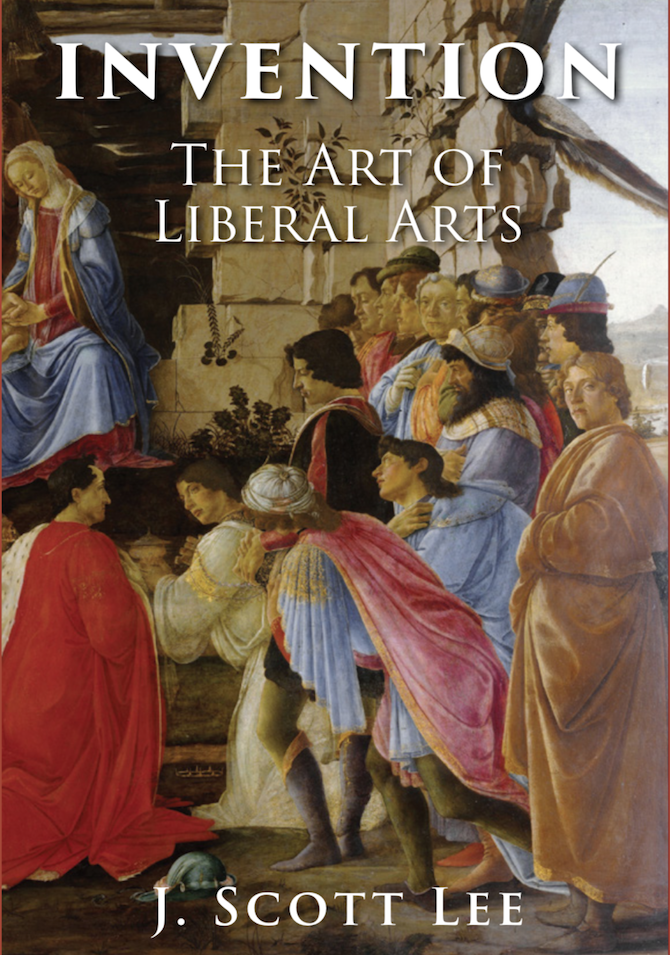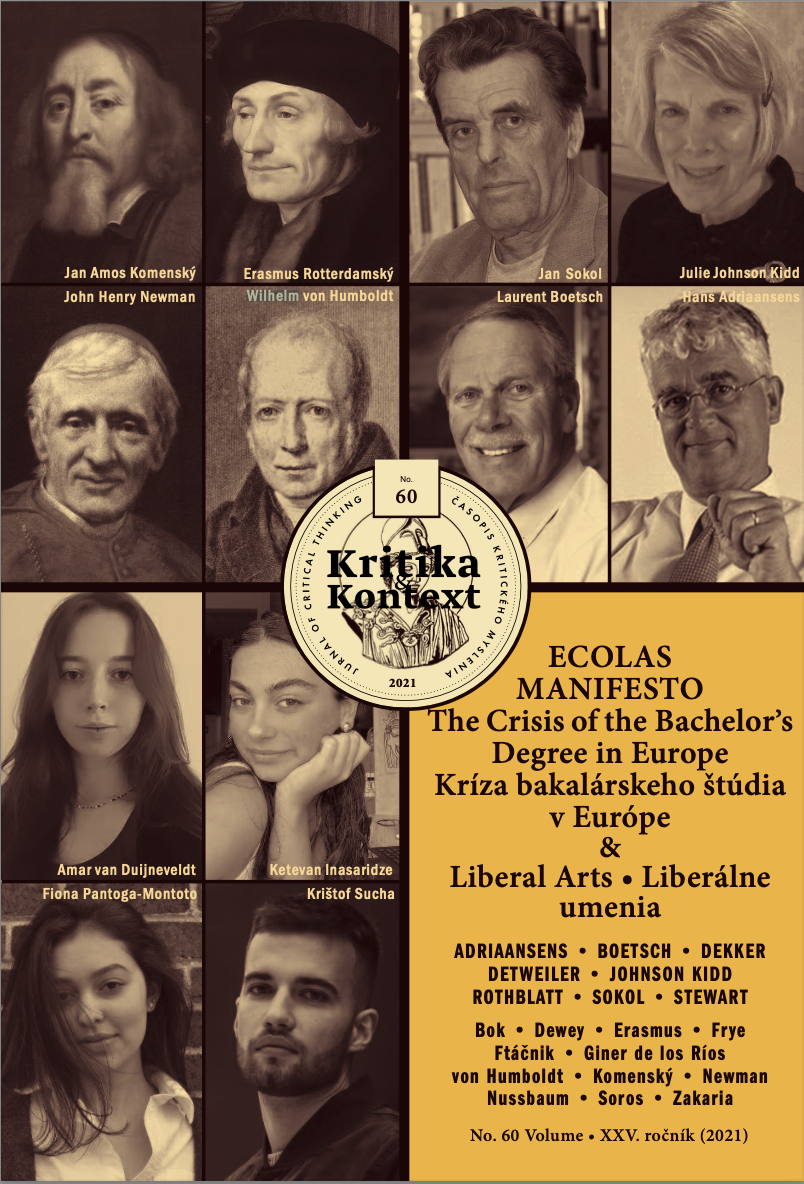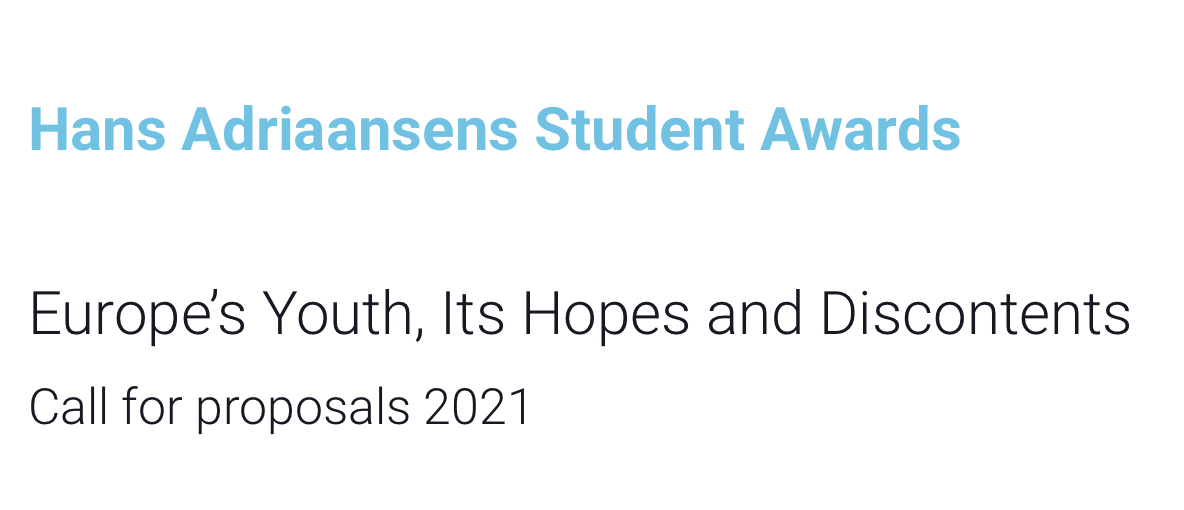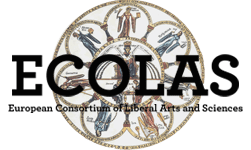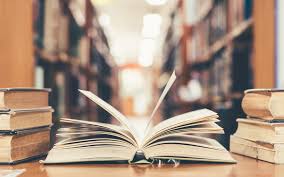J. Scott Lee (2020) Invention: The Art of the Liberal Arts. Santa Fe: Respondeo Books.
A review by Emma Cohen de Lara
J. Scott Lee’s Invention: The Art of the Liberal Arts offers an interesting and original argument about the value of the liberal arts in academia, and one that I think could have resonance in the Dutch discourse on the liberal arts. Lee’s argument is particularly pertinent to the ongoing debate about how liberal arts and sciences curricula may help prepare students to make a difference in the world.
First, a few remarks about the author. J. Scott Lee was the co-founder and, for more than two decades, executive director of the Association for Core Texts and Courses (ACTC) (www.coretexts.org). ACTC is an international liberal arts organization dedicated to fostering the use of core texts in undergraduate education, and I am pleased to have been involved with this organization for several years now. In many ways, Invention: The Art of Liberal Arts is the intellectual fruit of decades of Lee’s commitment to ACTC. ACTC aims to connect teaching faculty from the liberal arts and sciences, providing space and support for them to expand their teaching repertoire, incorporating different texts, artifacts, and traditions. Core texts are at the heart of the liberal arts, and should be understood in an inclusive and pluralistic way. Core texts move away from the narrower idea of a ‘great book’ as they are inclusive of artifacts such as film, drama, musical productions, and so forth. A core text need not be canonical; a core text may be too new or too little known to be a classic. Nor are core texts from any specific tradition.
So, what exactly is Lee’s vision of the liberal arts? We may parse his argument by looking at each of the terms in the title of the book. First, the term ‘invention.’ According to Lee, core texts exemplify invention because they are original expressions of humanity. Liberal arts programs “are less a study of the truth, than of the possibilities humans have invented and made for themselves” (p. 245). As students engage with core texts on the level of invention, that is, by being perceptive of the creative, innovative, and transformative dimension of the text or artifact, they learn what it means to invent and transform. In this way, students are empowered to become creative themselves.
What, then, is the meaning of ‘art’ in the term ‘liberal arts’? Importantly, Lee’s definition of ‘art’ appeals to the Greek ‘techne’, meaning the art or technique of producing something. Art is defined as “turning what we know or recognize into somethings possible, something new” (p. 108). The result could be any artifact: a text, a painting, a work of music, a movie, an argument, and so forth. Even the traditions of the liberal arts are ‘art’ as these traditions are constantly evolving. Metaphorically speaking, the liberal arts – and liberal arts curricula – are like a statue that takes shape as different people and different generations add to it, or chip away at it, looking at the statue from different angles. According to Lee, it is the teachers’ task to introduce students to this enterprise and to encourage them to contribute to it. An observation that I found particularly pertinent is that an artwork may well contain an ‘error’. For Scott Lee, an ‘error’ – for instance, a viewpoint in a treatise that we would now reject or find distasteful – is actually useful, and intentionally or unintentionally serves as the purpose of art, namely, as an invitation for (re-)invention. Core texts are not necessarily great because they are perfect; indeed, they may be great because of their imperfections. Lee’s point is that core texts should not be viewed as authorities, but as essential foundations for new and original ideas.
And then the question of what is ‘liberal’ about the liberal arts. Throughout the book, Lee emphasizes the notion of versatility as the hallmark of the liberal arts. The liberal arts, he argues, are ultimately and fundamentally about going beyond what exists and imagining what is possible. This is what makes an education in the liberal arts truly liberal: “a liberal arts curriculum [..] is in its performance the free activity of the mind” (p. 247). As activities of free minds, Augustine’s sermons, Newton’s mathematics, or Mary Wollstonecraft’s writings, for example, fundamentally challenged the cultural and scientific preconceptions of their times, and may continue to challenge ours. It is this contesting aspect that Lee finds most important about core texts. Core texts liberate students, as it were, and this liberation is essential for enabling them to create and transform culture.
By now it should not come as a surprise that, according to Lee, the liberal arts student has “the character of an artist, a free liberal one at that” (37). Liberal arts students know how to listen, look and read with attention and respect for the work and voices of others. They are able to cooperate, plan, use foresight and reasoned choice, and disciplined hard work with others. Ultimately, liberal arts students “know how to look out upon the achievements of humanity to discover, with wonder and appreciation, not only how to bring their vision of a liberal arts education to a wider public, but what a precious thing our humanity is” (38).
Lee’s artistic’ vision of the liberal arts may not be for everyone, but it does add an important argument to the discourse about the ‘why’ of liberal arts. To me, he may well be right that a thoughtful and authentic reading and analysis of the core texts help students on their path towards making a difference in the world. His argument resonates with Hannah Arendt’s understanding of education, which is worth citing extensively here:
Insofar as the child is not yet acquainted with the world, he must be gradually be introduced to it; insofar he is new, care must be taken that this new thing comes to fruition in relation to the world as it is. In any case, however, the educators here stand in relation to the young as representatives of a world for which they must assume responsibility although they themselves did not make it, and even though they may, secretly or openly, wish it were other than it is. This responsibility is not arbitrarily imposed upon educators; it is implicit in the fact that the young are introduced by adults into a continuously changing world” (‘The Crisis of Education,’ in Between Past and Future. New York: Viking Press, p. 189).
Education is about helping students feel at home in the world – not as passive followers of culture, science, and authority, but as agents who are able to take responsibility for shaping change in the world. Lee’s understanding of core texts as inherently transformative and by means of which students develop an understanding of what it means to invent and transform, is timely and precious. Following his view, the liberal arts help students to become free agents in the world, that is, not limited to a specific approach or a specific canon, but open to the plurality of the liberal arts and their inherent innovativeness and creativity.
